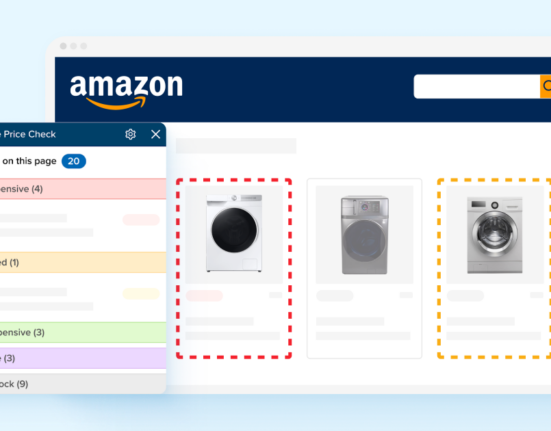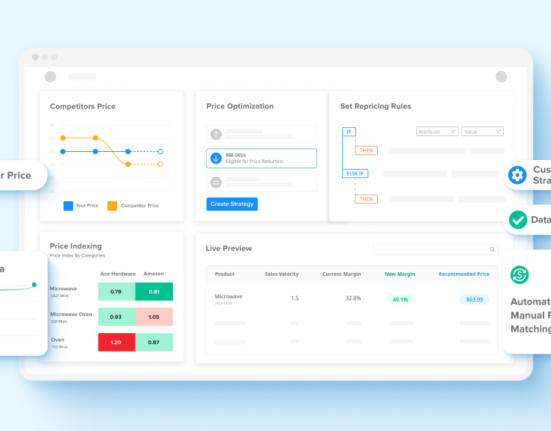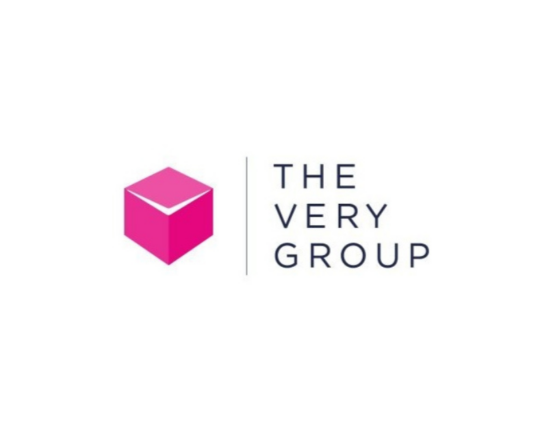Before Reading: eCommerce leaders are invited to join us for a 30-minute working session to explore practical applications of ChatGPT in product classification. Attendees will gain hands-on experience with classifying their own products and how to optimize prompts to test and refine their strategies.
Register your interest for a September session below.
In our previous post, Harnessing the Power of Large Language Models (LLMs) in eCommerce, we discussed how large language models can enhance product data collection, personalization, search optimization, predictive analytics, and compliance. Now, let’s delve deeper into LLMs and product classification.
Large Language Model Use Cases in Product Classification
[RECAP] What Are Large Language Models (LLMs)?
LLMs are artificial intelligence systems trained on extensive text data, designed to understand and generate human language. They are crucial for natural language processing (NLP), translation, and content creation, offering significant advantages in eCommerce by enhancing data accuracy, efficiency, and adaptability.
Automated Product Tagging and Classification
Product tagging and product classification involve organizing products into categories and assigning descriptive tags. This process is crucial for pricing strategies, for instance, as it helps identify competitive pricing for similar products. Effective product classification enables shoppers to find products easily, improving the overall shopping experience. For example, accurate tags and categories can help highlight features like eco-friendliness or specific material types, attracting targeted customer segments. This organization also enhances search functionality, leading to higher conversion rates and customer satisfaction.
Traditional methods of product tagging (with attributes) often struggle with the dynamic nature of product segmentation.
Example: Misclassification of Smart Rings
A smart ring, like Oura, in a newly-developing category, could have been mistakenly categorized under generic categories like “Accessories,” “Rings,” or “Fitness Equipment,” failing to capture its unique blend of attributes. This misclassification would cause issues in product discovery, as customers looking for advanced wearable technology might overlook the product entirely. Furthermore, incorrect categorization can lead to improper pricing strategies, as the product might be compared with basic accessories rather than high-tech wearables. Proper product classification, facilitated by large language models, ensures that smart rings are accurately placed in categories like “Wearable Technology” and “Smart Jewelry,” making them more visible to the right audience and priced appropriately based on their advanced features.
Detailed Product Classification System
Large Language Models (LLMs), leveraging Natural Language Processing (NLP), excel at interpreting attributes like product descriptions, reviews, and marketing materials to discern nuanced features and attributes. For instance, when classifying a smart ring, an LLM would analyze the textual data to recognize its multifunctional nature. It would identify key features such as fitness tracking, contactless payments, and notifications, distinguishing it from other wearables. The LLM would then accurately place the smart ring within the “Wearable Technology” category and further refine its classification to “Smart Jewelry.” This precise categorization ensures the product is positioned correctly in the marketplace, enhancing visibility and relevance to potential buyers. By doing so, LLMs help in maintaining a structured and user-friendly product taxonomy, which is crucial for optimizing search results, improving customer satisfaction, and ensuring effective pricing strategies.
Human Product Classification vs. Large Language Models
While theoretically, a human could perform product classifications, this approach often suffers from inaccuracies due to human error, bias, and the sheer volume of data. Manual product classification is time-consuming and prone to inconsistencies, especially with complex or rapidly evolving product categories. Humans tend to overlook subtle distinctions in product features or fail to stay updated with market trends, leading to misclassifications. Artificial intelligence, in the form of large language models, on the other hand, process vast amounts of data consistently and accurately, continuously learning and adapting to new information, ensuring a higher level of precision and reliability in product classification.
Avoiding Incorrect Product Classification
Mislabeled metadata is a common issue in eCommerce, hindering customer search efficiency. Metadata might be incorrect due to manual entry errors, outdated information, or lack of standardization across product listings. Large language models address this by analyzing the context of metadata to infer and correct inaccuracies. For instance, if a new product like ‘bamboo fiber clothing’ is missing specific material attributes, large language models can infer this from patterns across the dataset. They ensure the product is correctly identified as made from bamboo and associated with attributes like ‘eco-friendly’ or ‘hypoallergenic material.’ This improves search accuracy, customer experience, and data reliability across the platform.
Detailed Example of Large Language Models Correcting Mislabeled Metadata
Consider a scenario where a retailer adds a new line of “organic cotton baby clothes.” Inaccurate metadata could mislabel these products simply as “cotton clothing” without highlighting the ‘organic’ and ‘baby’ attributes. A human might miss these nuances due to the repetitive nature of the task or lack of detailed information. Large language models (LLMs), however, can analyze product descriptions, customer reviews, and related materials to recognize these critical attributes. The LLM would identify keywords and phrases indicating the product’s unique selling points, such as “organic,” “gentle on skin,” and “baby-friendly.” By cross-referencing this data, the LLM ensures that the product is accurately tagged and classified under categories like “Organic Baby Clothing.” This detailed classification helps customers find exactly what they are looking for, enhances product visibility, and supports accurate pricing strategies by positioning the product in its rightful niche.
Conclusion
Wiser leverages large language model capabilities to revolutionize product classification, ensuring accurate, efficient, and adaptable data handling. This enhances customer experience and operational efficiency in eCommerce. By collecting entire product categories and proactively tagging and classifying them according to our proprietary taxonomy, we help brands and retailers gain a competitive edge. Stay tuned for future posts on handling diverse data sources, language barriers, and the sales impact of accurate category classification.
Want to learn more? eCommerce leaders are invited to join us for a 30-minute working session to explore practical applications of ChatGPT in product classification. Attendees will gain hands-on experience with classifying their own products and how to optimize prompts to test and refine their strategies.
Register your interest for a September session above.









